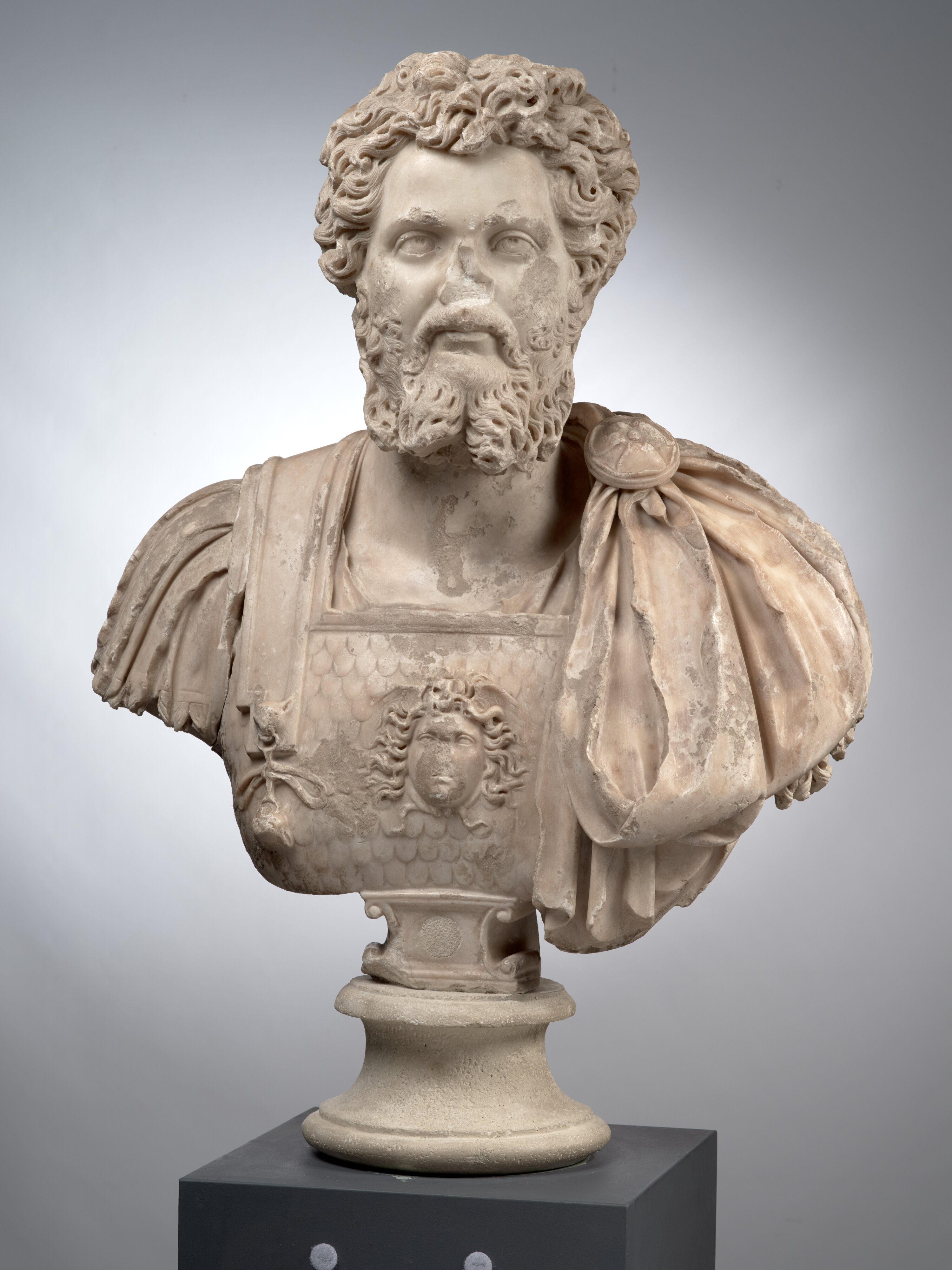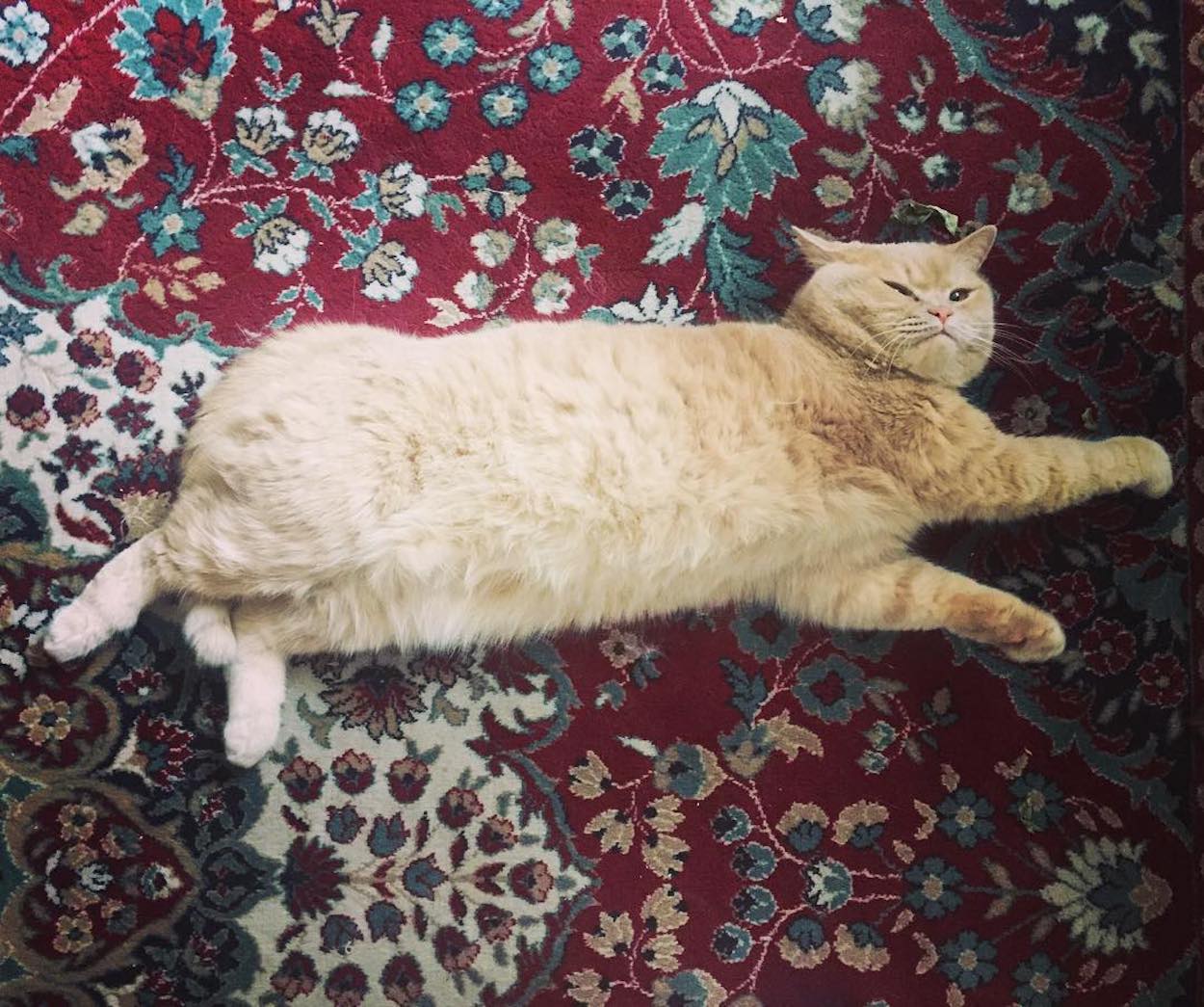Had you been a Roman citizen in antiquity, it is through this bust that you would have discovered the face of your Emperor. As for any official portrait, every detail is important. The bust depicts the face and chest of the emperor Septimius Severus, dressed in a military general's uniform. His armor is engraved with a Gorgon’s head, a mythological character who allegedly petrified her enemies with her sight. This symbol carries two meanings: strength and military superiority.
During their reign, depictions of emperors’ faces evolved through phases known as portrait types, embedding information on the military or political context. This specific one is the second type for Septimius Severus, dubbed adoption portrait because it borrows features from the emperor Marcus Aurelius’ portrait. In 195, Septimius Severus claimed to be the son of Marcus Aurelius (who ruled from 161 to 180); he therefore needed to appear physically similar. Legitimacy and being part of a dynasty were very important for Roman emperors, and the most notable symbol of affiliation was ... the hair style.
- Coraline Méric
P.S. Here are the six ancient Greek sculptures everyone should know!


 Unknown Artist
Unknown Artist